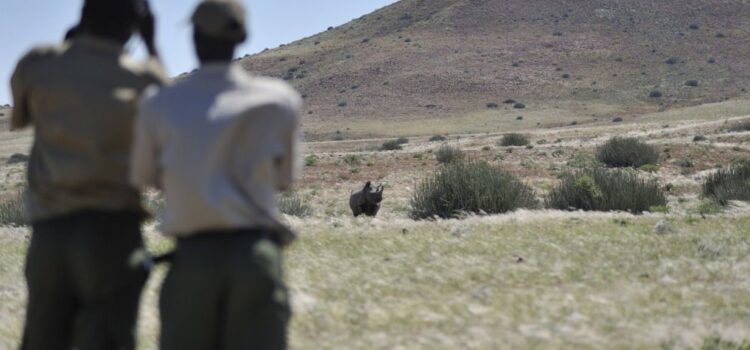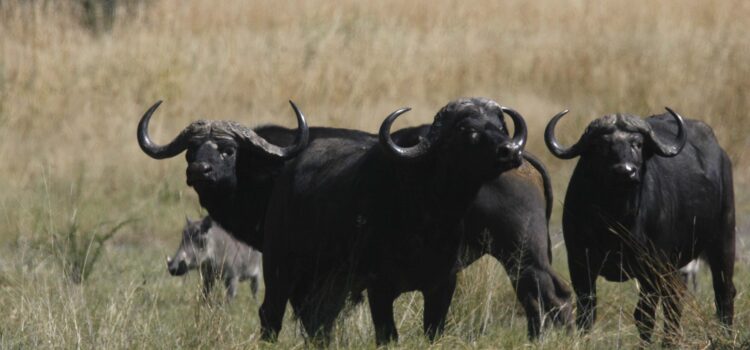Sperrgebiet, the name itself means ‘Prohibited area’ – they really don’t want people here…
Why not, what is the history of this Forbidden corner of Namibia and what effect has this had on the region?
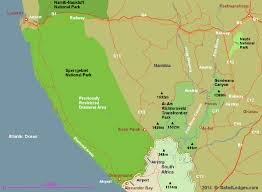
The Sperrgebiet National Park is located just south of the B4, running between Keetmanshoop and Luderitz, and stretches all the way to the Orange River. It was created 1908 by the German government to give its ‘German Mining Company’ sole rights to mine in this region but was only officially declared a national park in 2008, more than a century later.
It covers an area of over 26 THOUSAND square kilometres and is virtually inaccessible!
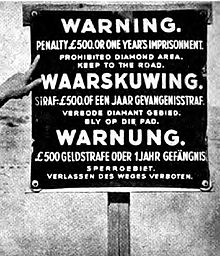
In 1866 Guano deposits were discovered on the small islands off the west coast of Namibia and around the same time diamonds were discovered along the Orange River and in South Africa. No one realised that this could mean that there could be more diamond deposits in the inhospitable deserts of Southern Namibia.
It was the guano that first brought traders to the area but in 1882 Adolf Luderitz and his partner, Heinrich Vogelsand were studying maps of yet uncolonized coastlines and noted that the area around a bay called Angra Pequena appeared to be a suitable location for a port.
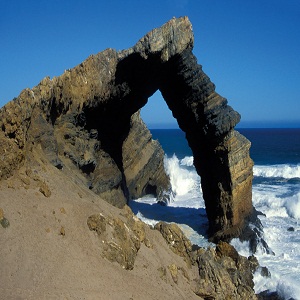
Within a year the Germans had bought this land from under the British traders for the price of 100 Pounds Sterling and 200 Wesley Richard Rifles. When this treaty was signed, two British adventures already had claims in the area, De Pass and Spence. They petitioned the British Government, as they believed they had bought land around Pomona in 1863 (with the guano invasion) and in 1887 a compromise was reached, allowing the Germans to mine the Sperrgebiet, with the exception of Pomona and an area with a radius of 2 miles around the Pomona area.
It was in 1908 when the first diamond was discovered by railway worker, Zacharias Lewala and the Sperrgebiet was created. As an aside, between June and December 1908, 40,000 carats of diamonds were retrieved from the Luderitz Bay district and from 1908 to 1913 this amount was 4.7 million carats.
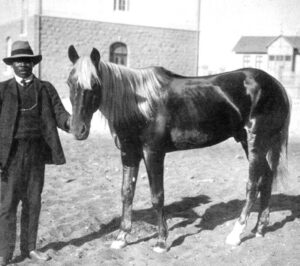
Rich deposits of diamonds were found around Kolmanskop (I have not touched on Kolmanskop much, because it featured in an in-depth blog post previously: https://ati-holidays.com/kolmanskop-namib-desert/ ), Bogenfels (approximately 100km south of Pomona) but I believe that the Pomona concession remained one of the richest in the area, with the mine there extracting an average of 50,000 carats of diamonds per month.
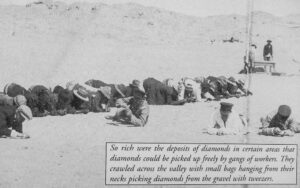
The arrival of the first World War stopped all private mining activities in the area, and when the Germans lost the war, Namibia became an annex of South Africa and De Beers bought the mines in the Sperrgebiet. In 1990 the Namibian Government bought a 50% stake, forming a joint partnership.
Because of the century of strict visitation rules into this area, the Sperrgebiet has remained pristine, with 40% of the landscape being desert and the rest being made up of rocky landscapes and grasslands.
Close on 800 species of plants have been identified in the Sperrgebiet, with 234 of these have been declared endemic to this corner of South-Western Namibia. This has led to the area being declared one of the World’s top 25 Biodiversity Hotspots.
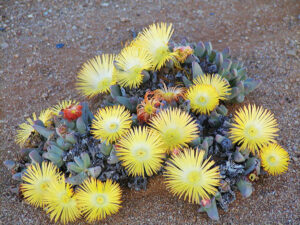
Access to the area still remains incredibly closely guarded, all visitors have to apply to the Ministry of Mines and Energy, which also requires the applicant to send through a police clearance certificate from your country of origin. (and the approval process can take months)
Things do, however, appear to be changing and in October 2017 Oranjemund became an open town, tourists no longer require a special permit to visit.
The biggest project currently under-way is the development of a biodiversity management plan, to ensure that if tourism were to be developed in this incredibly sensitive and important ecosystem, that it is done in an environmentally responsible and sensitive manner, ensuring that this biodiversity hotspot remains for future generations.
